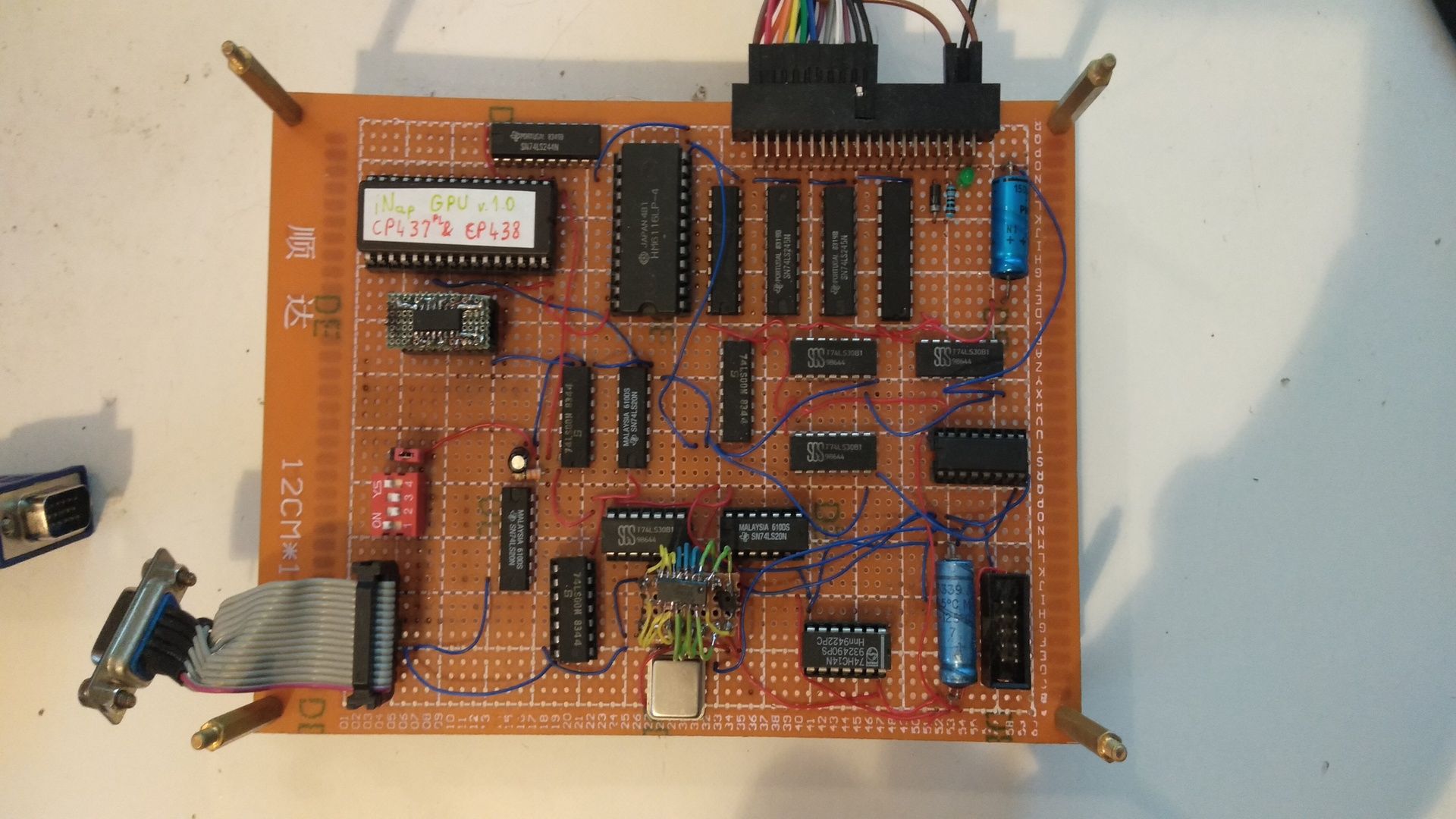- The raw GPU design showed random failures every time the system attempt writes the memory
- INAPGPU fought with ambient noise from simple USB cables
- A 12MHz accountant overclocked at 20MHz caused constant instability
A dark project in Github shows how a hardware fan tried to build what he called the “worst video world card”, a graphics card in text mode that only uses TTL doors.
Working under Leoneq's mango, he launched the “Inappi” repository to document his experiment.
His goal was to overcome the “worst video card of the world” by Ben Eater doing something even less practical.
A minimum design that still exceeded the true VGA limits
Despite deliberately use raw methods, it could not reduce the output below a basic VGA resolution.
Project specifications lite the VGA output at 800 x 600 (actually svga) @60Hz, with an accessible resolution of 400 x 300 in monochrome.
The hardware was built from 21 integrated circuits, including the counters, the NAND doors and an EPROM working with a small SRAM.
When dealing with a 1 Mbita EPROM as a 1 -bit memory, Leoneq could load up to four sets of 255 characters each.
However, the use of tri-state shock absorbers and a basic accountant arrangement led to visual artifacts and little stability.
Even when a low capacity memory is used and avoids a microcontroller, the design could not yet degrade something below VGA.
Leoneq admitted that the assembly process was uncomfortable, trusting a 0.12 mm cable in a protoboard instead of a printed circuit plate.
He described the result as terrible and warned others to “use FPGA instead” to avoid similar frustrations.
The HSYNC timer was driven by a 12 -bit counter with only 12MHz to 15 V, but pushed it at 20MHz to double the pixel clock of Ben Eater.
Compared only the “the” of the accountant outputs instead of the complete numbers, an shortcut that introduced repeated signals without breaking the screen.
The unconventional approach maintained the functional card, but also revealed time errors and unstable departure.
This was never a viable graphics card because image problems occurred every time I wrote to memory, since I could not write and read simultaneously.
In addition, the ambient noise, even from a nearby USB cable, distorted the screen.
In addition, the characters lacked clarity due to the power of the rom and the limitations of reading time, while the inexplicable lines appeared in the background.
Leoneq openly labeled the image as ugly and described all the effort as a “great loss of time.”
Although the project showed that a crude collection of TTL doors could generate a usable VGA signal, it also shows why modern designers prefer programmable logic such as FPGA.
Leoneq's repository provides conversion tools and trial code for Arduino Mega, but the effort seems more a technical joke than a practical product.








